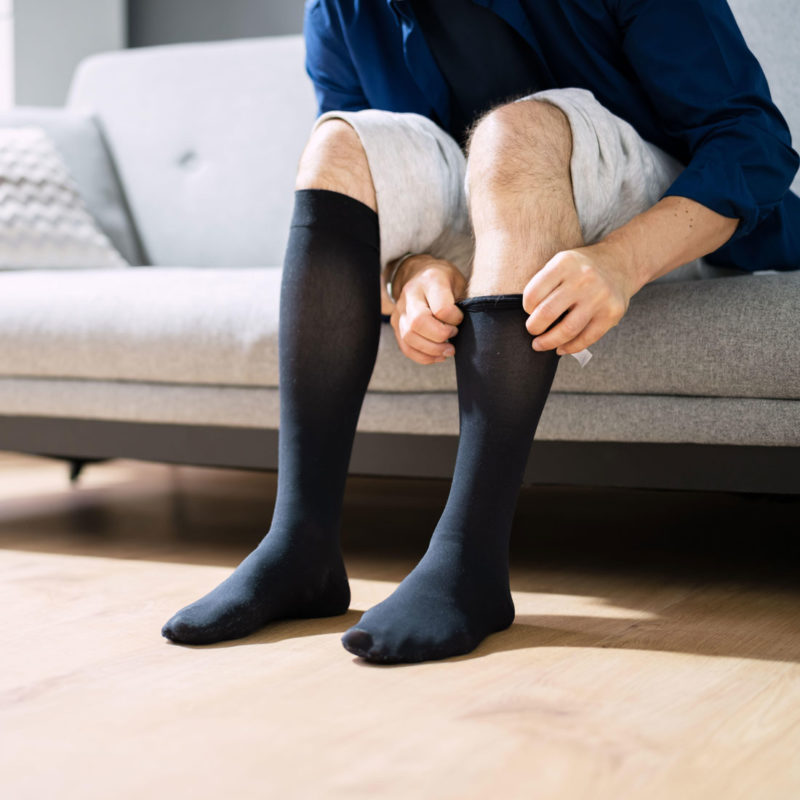Varicose veins are one of the most common venous vascular conditions.
When leg veins bulge, throb or ache, you probably have varicose veins. The cause is veins that are not doing their job of sending blood back to the heart and, as a result of this, it means they can get worse. Vein symptoms that do get worse may lead to more serious problems, such as eczema, cellulitis, venous ulcers, bleeding, and blood clots.
Please complete our health form, including a photo of your leg/s if you think you have varicose veins and we’ll be in touch. Call us on 0800 45 45 88 if you need help.
Your treatment
Varicose veins closure using a medical-grade sealant is a non-surgical, minimally invasive treatment. Tiny amounts of this sealant are deposited along the vein via a thin tube. While at the same, sealing of the vein is monitored on an ultrasound screen. Gradually, over time, the vein will diminish and be reabsorbed.
Sclerotherapy is injection of a small amount of irritant into the vein, resulting in the vein walls sticking together and, subsequently, the vein blocks off and reduces over time. Sclerotherapy is often done with varicose vein closure.
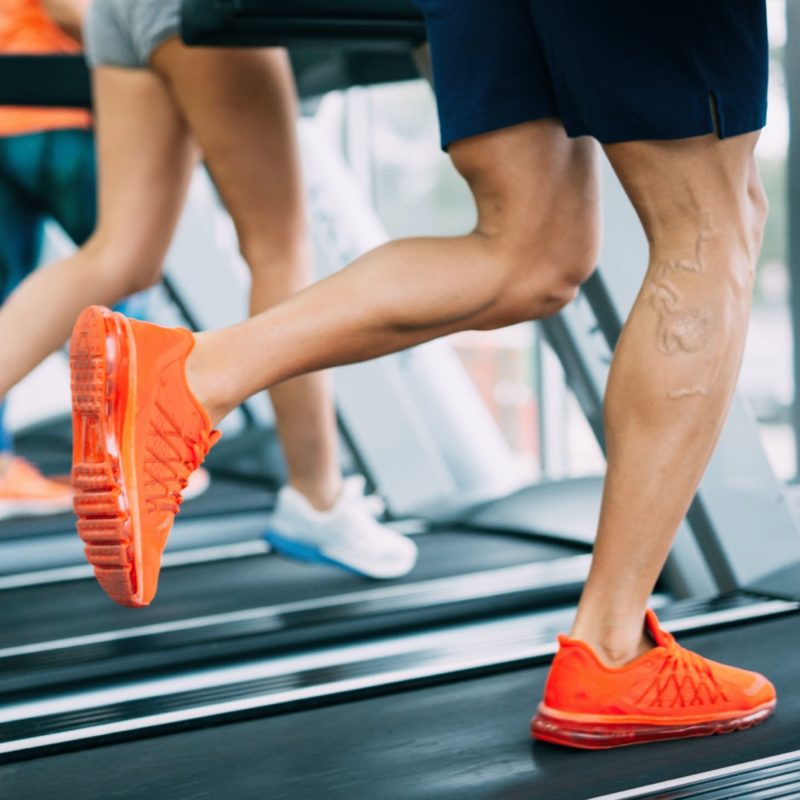
Please complete our health form, including a photo of your leg/s if you think you have varicose veins and we’ll be in touch. Call us on 0800 45 45 88 if you need help.
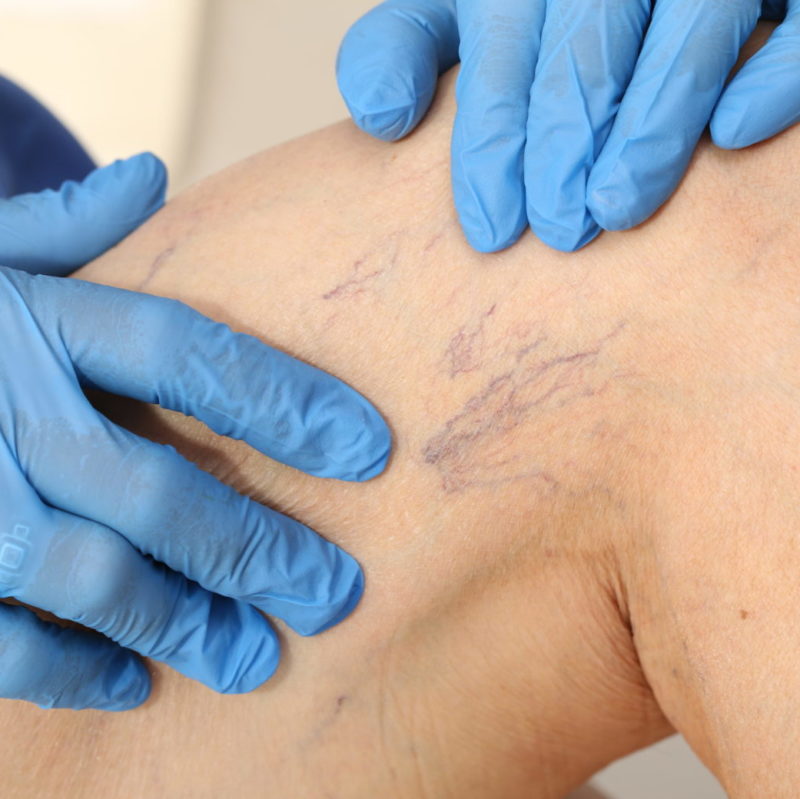
Whether it’s just a couple of unsightly spider veins or clusters of them, you might be interested in cosmetic treatment to reduce how they look. The good news is skin laser therapy from Laser Aesthetics can help reduce and fade these spider veins.
Facial veins and telangiectasias
Red and purple capillaries on your cheeks, nose and chin can be unsightly. Skin laser therapy can reliably treat these conditions, and other conditions, such as rosacea and sun damage.
Your treatment
If you have leg spider veins, we will often recommend an ultrasound scan to find out the cause. Laser therapy can help reduce the spider veins and improve their appearance. Some will disappear as the laser pulses over the skin and others may take longer to improve. Laser therapy can also help reduce some facial skin conditions, including facial veins, sun spots and some types of rosacea. The laser feels like an elastic band is flicking the skin.
Carotid artery disease is one of the more common arterial vascular conditions. Artery narrowing may be linked to an increased risk of stroke, mini-stroke (TIA) or eye problems. If your carotid arteries have caused this sort of problem, carotid artery surgery will often be recommended (carotid endarterectomy). Sometimes, all that’s needed is for us to monitor narrowed carotid arteries with regular ultrasound scans.
All patients with carotid narrowing caused by atherosclerosis should be on ‘best medical therapy’ for arterial disease. This means low-dose Aspirin (or similar), a statin, as well as good blood pressure and diabetes control. If you smoke, you need to give up smoking.
Your treatment
If you have had a stroke, mini-stroke (TIA) or eye problems caused by your carotid narrowing, surgery is recommended (carotid endarterectomy). Treatment usually involves a one to two-night hospital stay. We’ll discuss your treatment plan with you, and our nurse will be in touch about a week before to answer any of your questions.
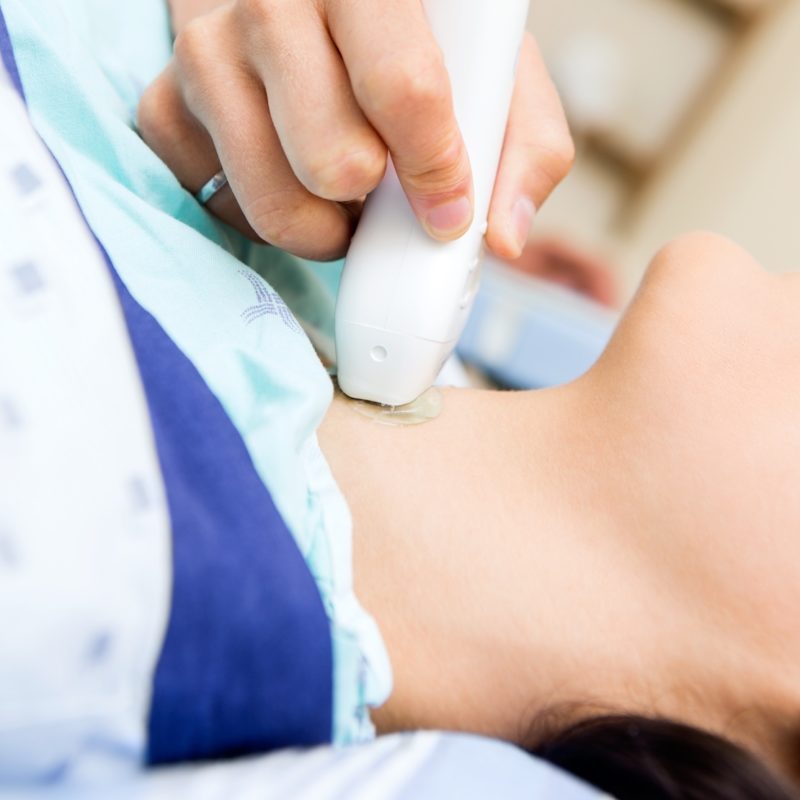
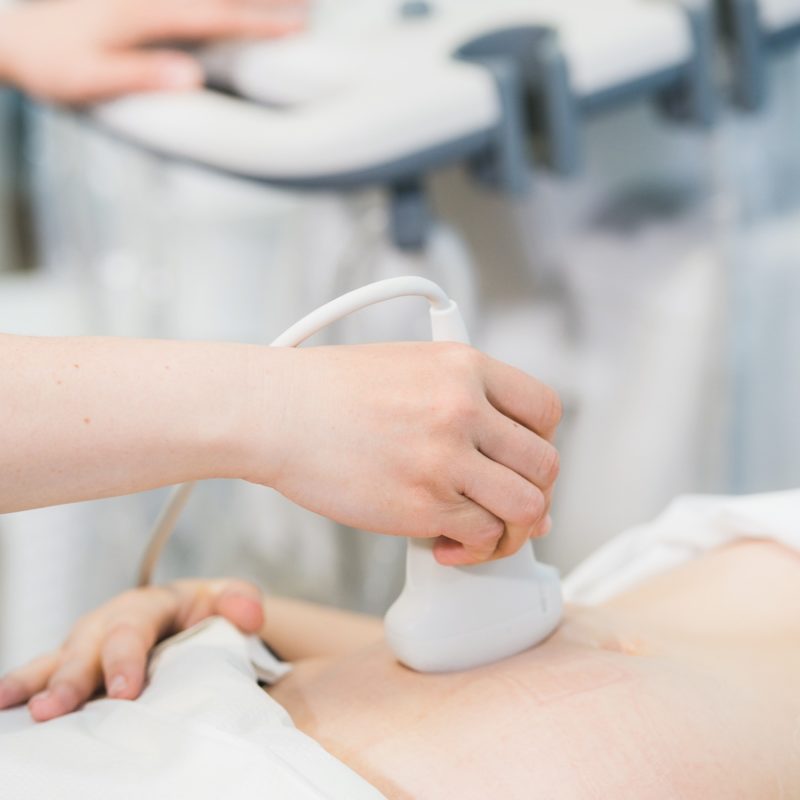
Aortic aneurysms can be one of the most serious arterial vascular conditions. Most aneurysms grow slowly and, as a result of this, we need to monitor their growth with regular ultrasound scans. Once an abdominal aortic aneurysm (AAA) is about 5cm wide in women and 5.5cm wide in men, an aneurysm stent or surgery is often the next step.
Your treatment
If your aortic aneurysm needs intervention, this may be with a minimally invasive stent (EVAR – endovascular aortic aneurysm repair) or by open surgical repair. Ultimately, a number of factors determine treatment, including the type of aneurysm you have. Richard Evans will discuss the best option for you.
Leg artery disease is also one of the more common arterial vascular conditions. If you have cramping when walking it may indicate leg artery problems, also called intermittent claudication. In more severe cases this can lead to pain, ulcers and gangrene, which needs urgent treatment.
In milder cases of claudication, we will often recommend observation and good risk-factor control of, for example, cholesterol, high blood pressure and diabetes control and stopping smoking. If walking becomes difficult, or when there is pain or ulcers, minimally invasive treatment is effective, for example, angioplasty and stent. Sometimes a patient will need an operation called arterial bypass.
All patients with leg artery narrowing caused by atherosclerosis should be on ‘best medical therapy’, ie, low-dose Aspirin, a statin and good blood pressure control. If you smoke, you need to give up.
Your treatment
If your problem is more severe we may recommend minimally invasive angioplasty or stent or possibly an arterial bypass operation if a minimally invasive treatment is not suitable. An angioplasty or stent is normally a day-case procedure under local anaesthetic, whereas a bypass operation usually requires a general anaesthetic and a hospital stay. Our nurse will be available before your procedure to answer any of your questions.
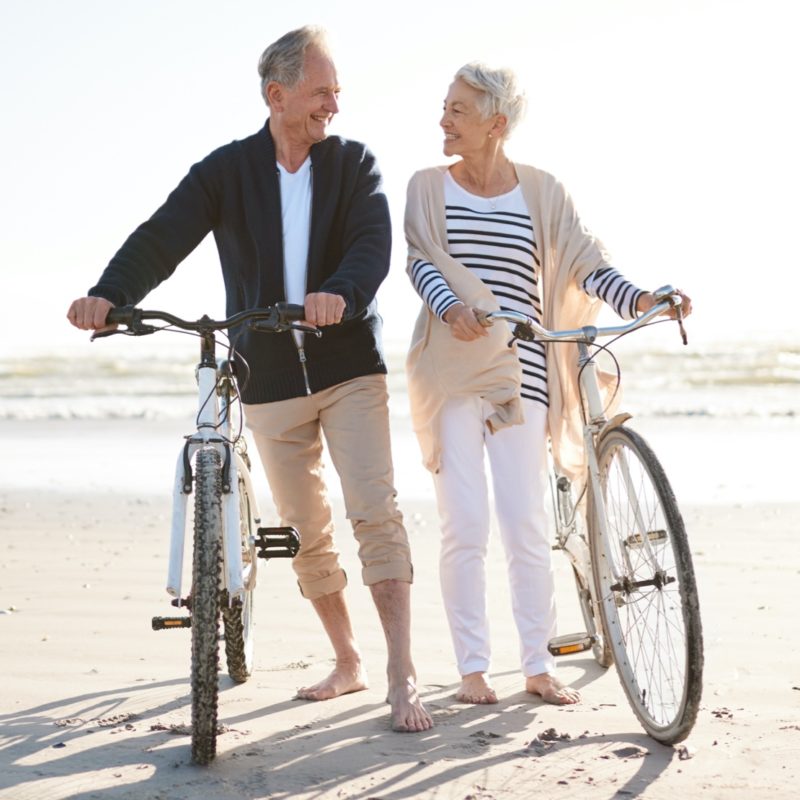
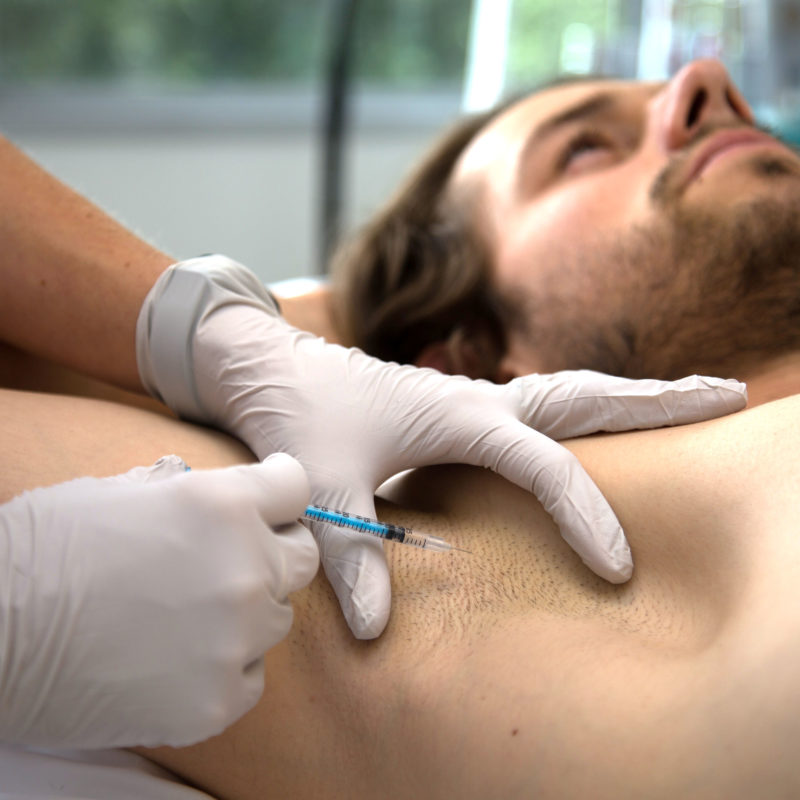
Excessive Sweating
Excessive sweating, also called hyperhidrosis, is usually a problem that mainly affects older teenagers and young adults. It can be embarrassing, causing social anxiety and difficulty with everyday activities, such as handshakes and even holding a pen.
Treatment options range from strong antiperspirants, medications, Botox (botulinum toxin) through to surgical treatments, also called thoracoscopic sympathectomy. We will discuss the best option if you have excessive sweating.
If you have leg swelling, varicose veins, ulcers, DVT, or are on your feet all day, you might benefit from wearing compression stockings.
It’s important you get the best fit. Book a fitting (below) and one of our nurses will measure up for you.
Our stockings and socks are medical-grade with graduated compression, this means that the pressure at the ankle is greater than at the knee. This encourages better blood or fluid to flow from the legs to the heart. We recommend class 1 grade to the knee for most, because they’re strong, yet easy to put on and are effective.
If you know your size shop online.
